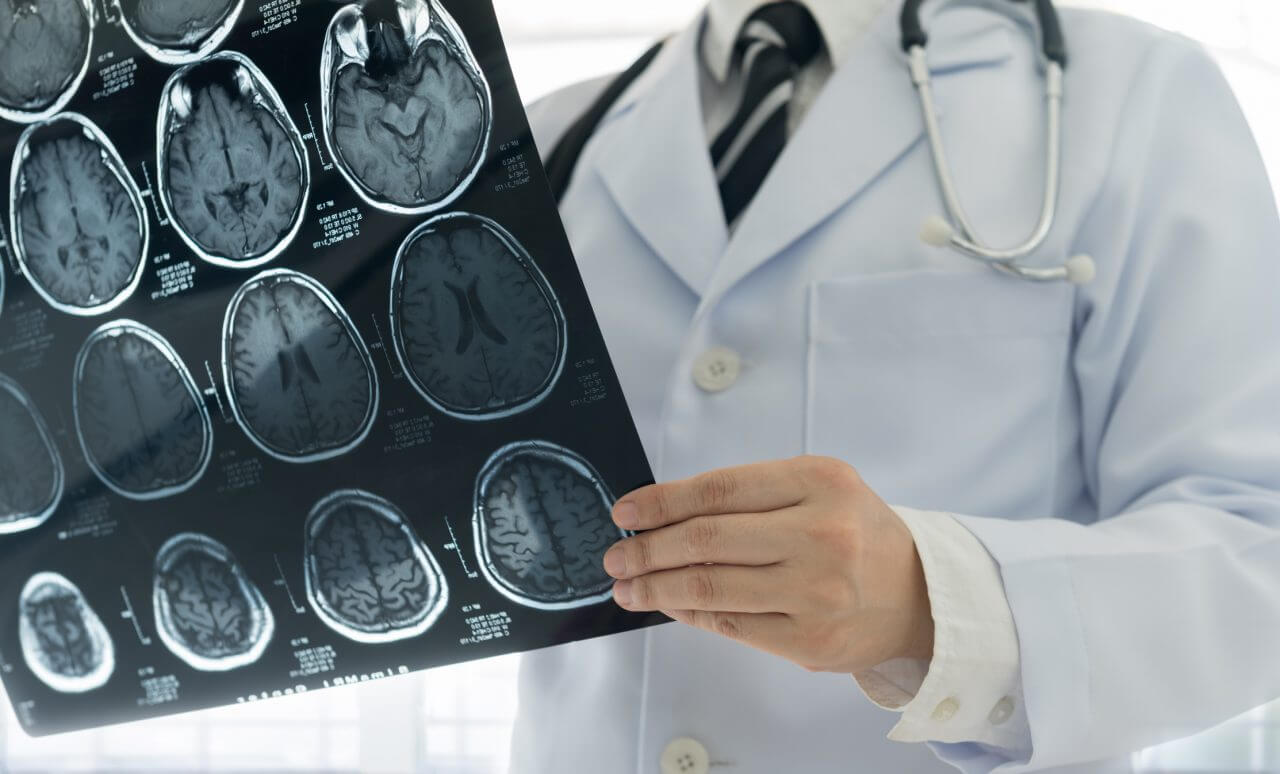What is the NIH Stroke Scale?

A stroke is a medical emergency in which blood flow to an area of the brain is interrupted. Within minutes of the blood flow stopping, brain cells begin to die from the lack of oxygen and nutrients. The damage from a stroke can cause a range of injury including permanent disability or death.
There are two kinds of stroke:
- Ischemic stroke. This is the more common type of stroke. It occurs when a blood clot blocks a blood vessel in the brain, cutting off blood flow to the area supplied by that vessel.
- Hemorrhagic stroke. This type of stroke occurs when a blood vessel breaks and bleeds into the brain.
There are also what are called transient ischemic attacks (TIAs). They are referred to as “transient” because blood flow is disrupted only briefly and then resumes. TIAs are sometimes referred to as “mini-strokes.”
NIH Stroke Scale
Assessing Stroke Severity
Strokes vary in severity based on the area and volume of the brain that is affected, as well as other factors. In order to help caregivers determine the impact of a stroke, the National Institutes of Health (NIH) has developed a system of categorization for rating a patient’s condition.
The NIH Stroke Scale (NIHSS) creates a score based on a doctor’s assessment of the patient’s functioning in several physical and cognitive areas, including:
- Consciousness
- Vision
- Sensation
- Movement
- Speech
- Language
The resulting score falls within a scale of 0-42, as follows:
- 0 = No stroke symptoms
- 1-4 = Minor stroke
- 5-15 = Moderate stroke
- 16-20 = Moderate to severe stroke
- 21-42 = Severe stroke
The patient’s NIHSS score helps doctors determine the most effective course of action following a stroke, including whether tissue plasminogen activator (tPA), a treatment for stroke caused by a blood clot, should be used.
Stroke Symptoms
The symptoms of a stroke include:
- Numbness or weakness of the face, arm or leg on one side of the body
- Sudden, severe headache with no obvious cause
- Sudden decrease in vision in one or both eyes (often described as being like a curtain falling)
- Loss of speech or difficulty talking or understanding what others are saying
- Balance problems or difficulty walking, usually combined with another symptom
If you or a loved one experiences any of these symptoms, you should seek immediate medical treatment.
Stroke is a leading cause of death and disability in the U.S. However, prompt medical intervention can help improve outcomes. Talk to your doctor about your stroke risk and how you can lower it.



